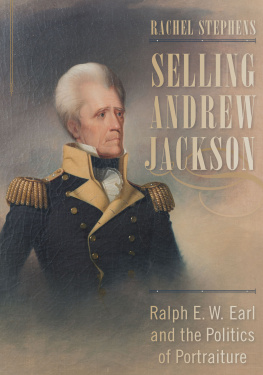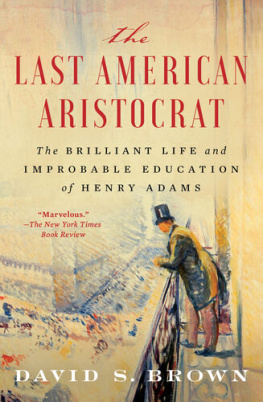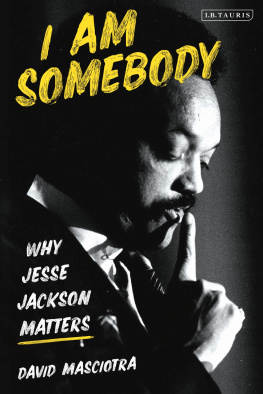Rachel Stephens - Selling Andrew Jackson: Ralph E. W. Earl and the Politics of Portraiture
Here you can read online Rachel Stephens - Selling Andrew Jackson: Ralph E. W. Earl and the Politics of Portraiture full text of the book (entire story) in english for free. Download pdf and epub, get meaning, cover and reviews about this ebook. year: 2018, publisher: University of South Carolina Press, genre: Non-fiction. Description of the work, (preface) as well as reviews are available. Best literature library LitArk.com created for fans of good reading and offers a wide selection of genres:
Romance novel
Science fiction
Adventure
Detective
Science
History
Home and family
Prose
Art
Politics
Computer
Non-fiction
Religion
Business
Children
Humor
Choose a favorite category and find really read worthwhile books. Enjoy immersion in the world of imagination, feel the emotions of the characters or learn something new for yourself, make an fascinating discovery.
- Book:Selling Andrew Jackson: Ralph E. W. Earl and the Politics of Portraiture
- Author:
- Publisher:University of South Carolina Press
- Genre:
- Year:2018
- Rating:3 / 5
- Favourites:Add to favourites
- Your mark:
Selling Andrew Jackson: Ralph E. W. Earl and the Politics of Portraiture: summary, description and annotation
We offer to read an annotation, description, summary or preface (depends on what the author of the book "Selling Andrew Jackson: Ralph E. W. Earl and the Politics of Portraiture" wrote himself). If you haven't found the necessary information about the book — write in the comments, we will try to find it.
Selling Andrew Jackson is the first book-length study of the American portrait painter Ralph E. W. Earl, who worked as Andrew Jacksons personal artist from 1817 until Earls death in 1838. During this period Jackson held Earl in close council, even providing him residence at the Hermitage, Jacksons home in Tennessee, and at the White House during his presidency. In this well-researched and comprehensive volume, Rachel Stephens examines Earls role in Jacksons inner circle and the influence of his portraits on Jacksons political career and historical legacy.
By investigating the role that visual culture played in early American history, Stephens reveals the fascinating connections between politics and portraiture in order to challenge existing frameworks for grasping the inner workings of early nineteenth-century politics. Stephens argues that understanding the role Earl played within Jacksons coterie is critical to understanding the trajectory of Jacksons career. Earl, she concludes, should be credited with playing the propagandistic role of image-shaperlong before such a position existed within American presidential politics. Earls portraits became fine art icons that changed in character and context as Jackson matured from the hero of the Battle of New Orleans to the first common-man president to the leader of the Democratic party, and finally to the rustic sage of the Hermitage.
Jackson and Earl worked as a team to exploit an emerging political culture that sought pictures of famous people to complement the nations exploding mass culture, grounded on printing, fast communications, and technological innovation. To further this cause, Earl operated a printmaking enterprise and used his portrait images to create engravings and lithographs to spread Jacksons influence into homes and businesses. Portraits became vehicles to portray political allegiances, middle-class cultural aspirations, and the conspicuous trappings of wealth and power.
Through a comprehensive analysis of primary sources including those detailing Jacksons politics, contemporary political cartoons and caricatures, portraits and prints, and the social and economic history of the period, Stephens illuminates the man they pictured in new ways, seeking to broaden the understanding of such a complicated figure in American history.
Rachel Stephens: author's other books
Who wrote Selling Andrew Jackson: Ralph E. W. Earl and the Politics of Portraiture? Find out the surname, the name of the author of the book and a list of all author's works by series.








